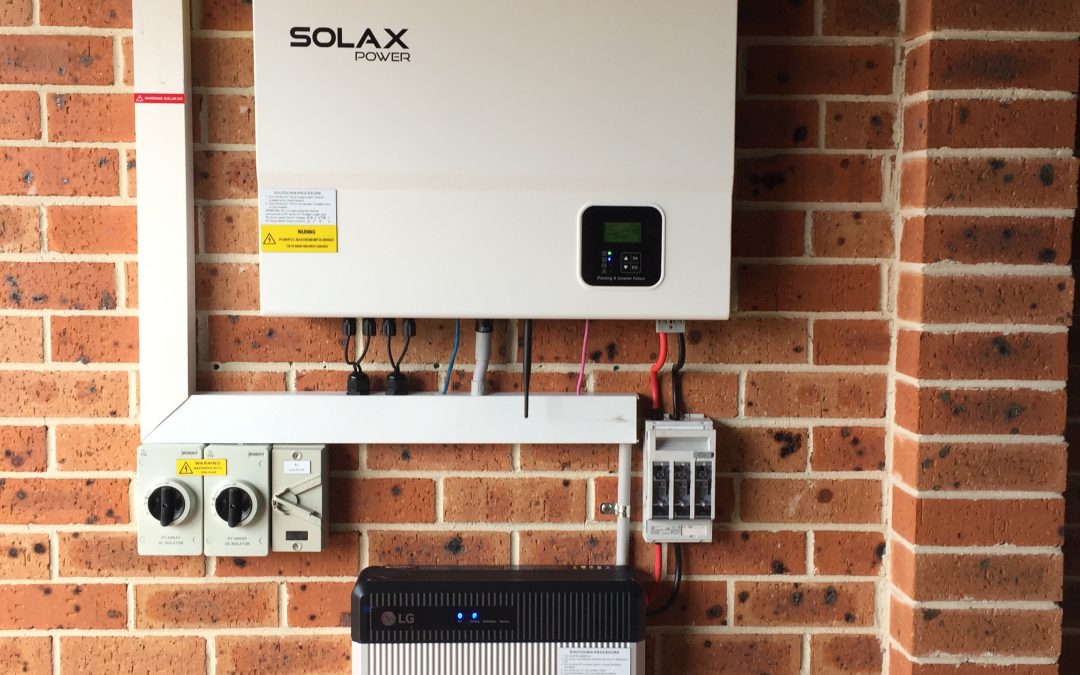

Storage Solutions ( Battery)
SOLAX batteries are most commonly charged in three distinct phases:
Add To CartConstant current phase: bulk charging is carried out with the battery charger supplying constant current to the battery until it reaches its maximum voltage
Constant voltage phase: absorption charging follows, where the battery charger applies a constant voltage while the current into the battery decays to zero.
Float phase: trickle charging is required when the battery is not immediately discharged following the completion of the absorption phase. This is carried out at a constant voltage lower than that of the absorption phase, and opposes any self-discharge that might otherwise occur (typically ~5% per month).
During discharging, sulphate ions from the electrolyte react with the lead electrodes to form lead sulphate. Upon recharging, these compounds dissolve with the sulphate ions returning to the electrolyte. Sulfation refers to the irreversible formation of lead sulphate crystals that can occur if the battery is left discharged too long (or if electrolyte level is too low and electrodes are exposed to air). When left discharged, the amorphous crystals formed during discharge stabilise to become crystalline lead sulphate that does not dissolve during recharge. The result is lost battery capacity, and increased internal resistance.
Generally speaking, the faster the bulk charging phase the longer the absorption phase. As lead-acid batteries have to be fully charged regularly to avoid sulfation, the result is that there is not usually an opportunity to reduce charging time without risking long-term damage to the battery.
Sulfation occurs naturally during lead-acid battery use, and a periodic over-charge is required to “blast” off sulphate crystals. This over-charge is referred to as an equalisation charge, and is carried out at higher voltage than would otherwise be recommended. The over-charge helps to remove lingering sulfation, equalise individual battery cell voltages in a string, and, in flooded lead-acid cells, mixes the electrolyte in order to reduce stratification of the aqueous mixture. However, the equalisation charge cannot be conducted too frequently or for too long, as over-voltage conditions lead to gassing (evaporation) of the water component of the electrolyte. In flooded lead-acid cells, this gassing can be reversed with battery watering, but for sealed technologies (eg. gel or AGM), excessive gassing may cause irreversible electrolyte loss.
Copyright 2017 Sparkin Energy Australia. All Rights Reserved
